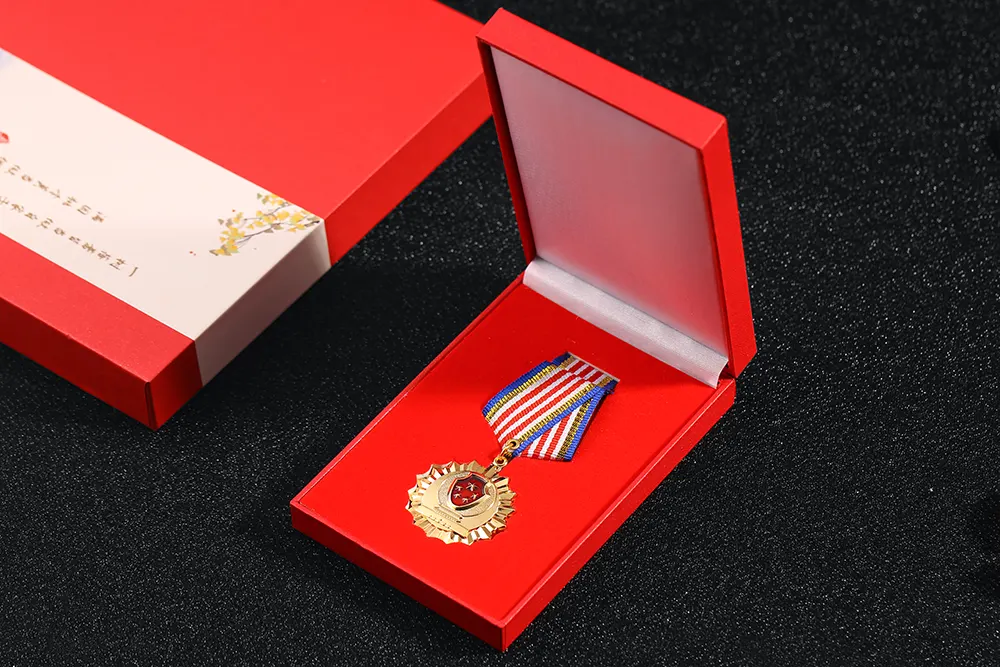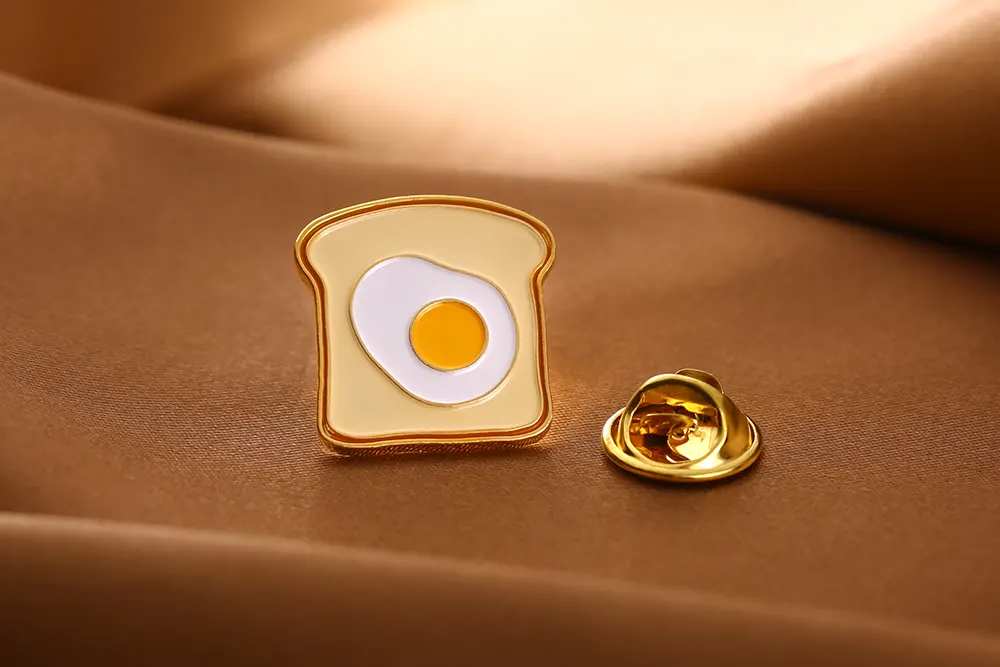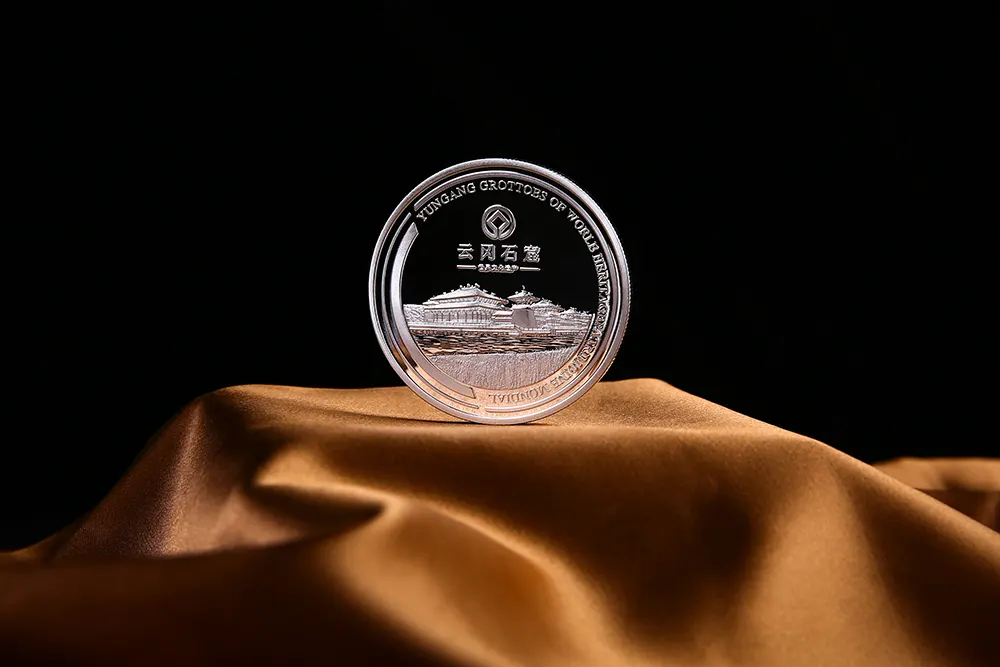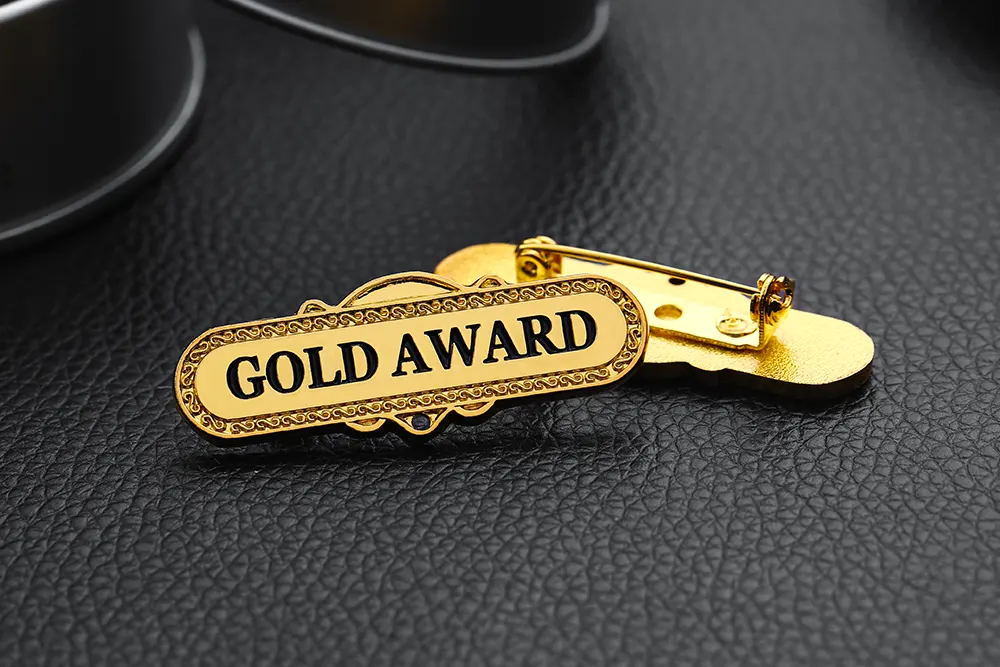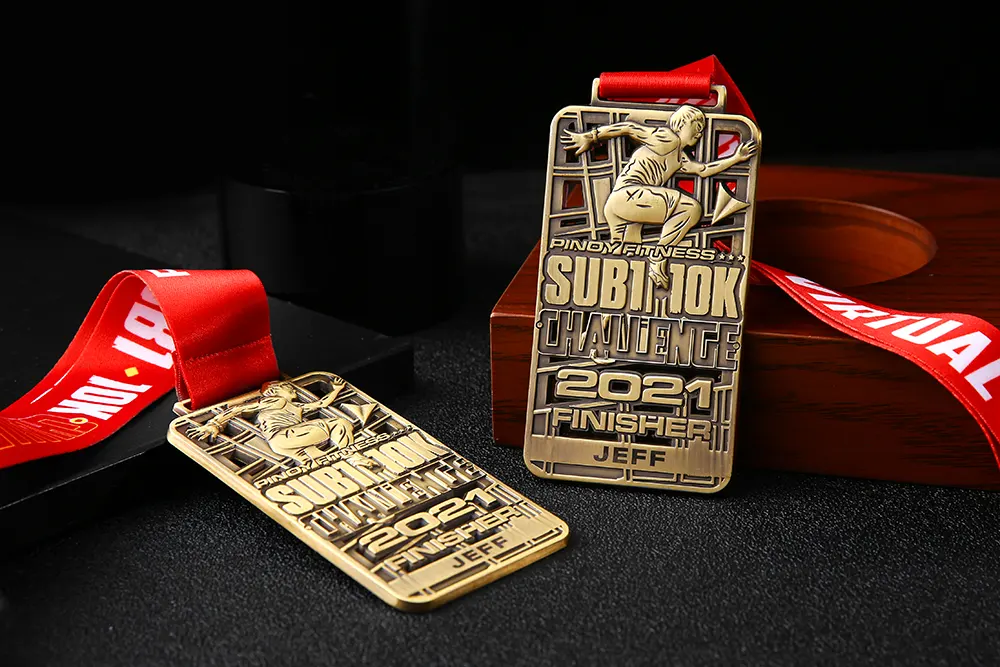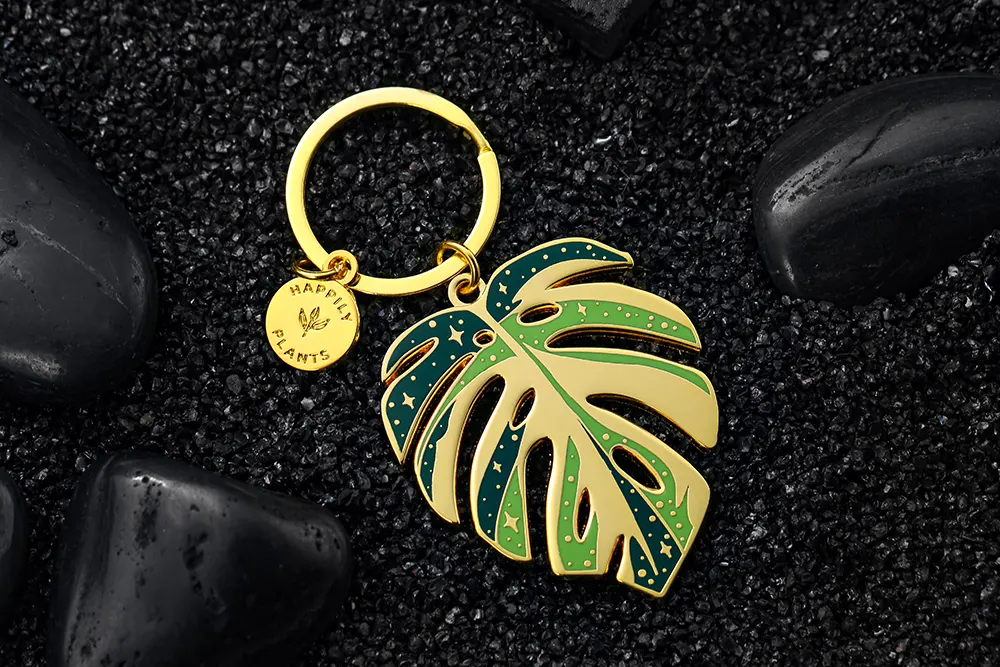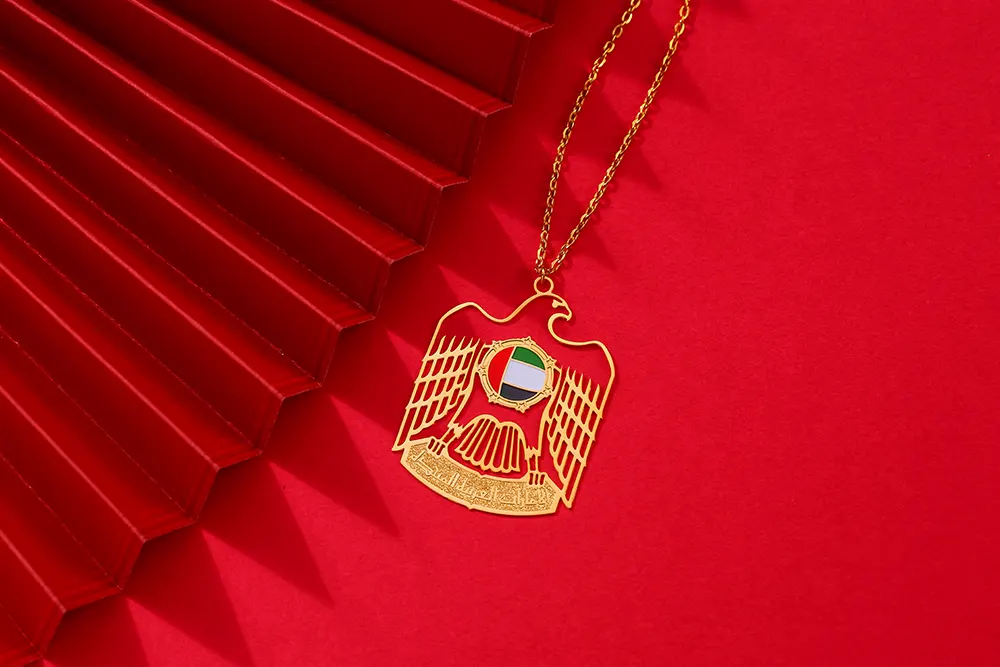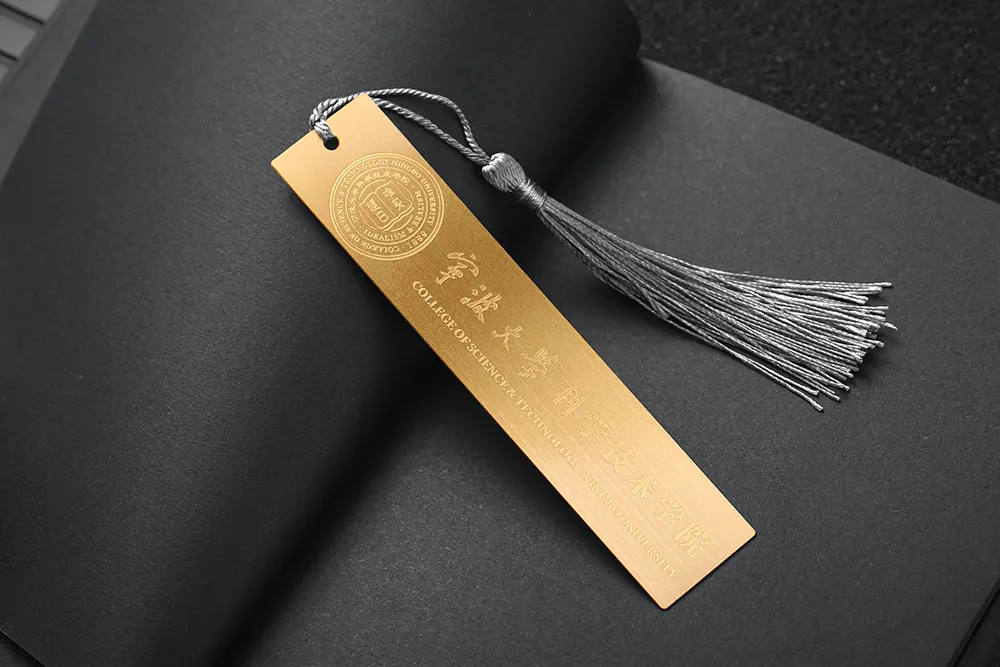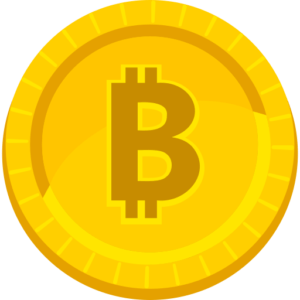You’re cleaning out a jacket pocket or an old travel bag when you find it: a flattened, elongated coin, stamped with a intricate design. For a moment, you’re transported back to the place you made it. This is the simple magic of coin pressing, a hobby that turns ordinary pocket change into lasting souvenirs.
What Exactly is Coin Pressing?
Often called pressed pennies or elongated coins, coin pressing is the mechanical process of rolling a coin between two steel dies. One die holds a custom design, while the other provides a flat, counter surface. As the coin is compressed, it becomes thinner and longer, permanently imprinting the design onto its surface. It’s a small-scale demonstration of industrial minting, accessible to anyone with a couple of quarters and a penny.
More Than a Machine: The Craft Behind the Coin
The true value of a pressed coin isn’t just in the metal; it’s in the craftsmanship of the die. Artists and engravers meticulously create these designs, often capturing the essence of a location, event, or character in a space smaller than a postage stamp. A quality pressed coin will have a sharp, clear image with well-defined details, a testament to the skill involved in its creation. When you’re looking for a new piece for your collection, the clarity and originality of the design are key indicators of a well-made souvenir.
A Personal Moment of Connection
I’ll never forget the first pressed coin I made with my niece at a science museum. She carefully placed the shiny new penny and two quarters into the handle, and we leaned into the crank together. The loud crunch-grind sound made her jump, but then her eyes widened with delight as she pulled out the transformed coin, now stamped with a tiny dinosaur skeleton. It wasn’t just a piece of metal; it was a tangible piece of our day together. That experience taught me that the real product of a coin press isn’t a souvenir, but a memory, physically stamped into a keepsake.
Starting Your Own Collection: A Guide for Beginners
Beginning your journey into coin pressing is wonderfully straightforward. Here’s how to get started:
Find a Machine: Look for these machines at museum entrances, national park gift shops, zoos, and popular tourist attractions. They are often brightly colored and hard to miss.
Check the Design: Always look at the design panel before you insert coins. Make sure it’s one you want to keep!
Use the Right Coins: Most machines in the U.S. require one copper penny (to be pressed) and two quarters as payment. Using shiny, new pennies often yields the clearest results.
Store Them Safely: Don’t let your collection get lost in a jar! Use a dedicated album or a display board to protect and show off your growing collection.
The Enduring Appeal of a Pressed Penny
In a world of digital photos and mass-produced trinkets, the pressed coin stands out. It is an interactive, affordable, and physical artifact of a moment in time. You participate in its creation, and you walk away with a unique piece of art that has a real, tactile presence. It’s a small, crunchy reminder of where you’ve been and the adventures you’ve had.
















